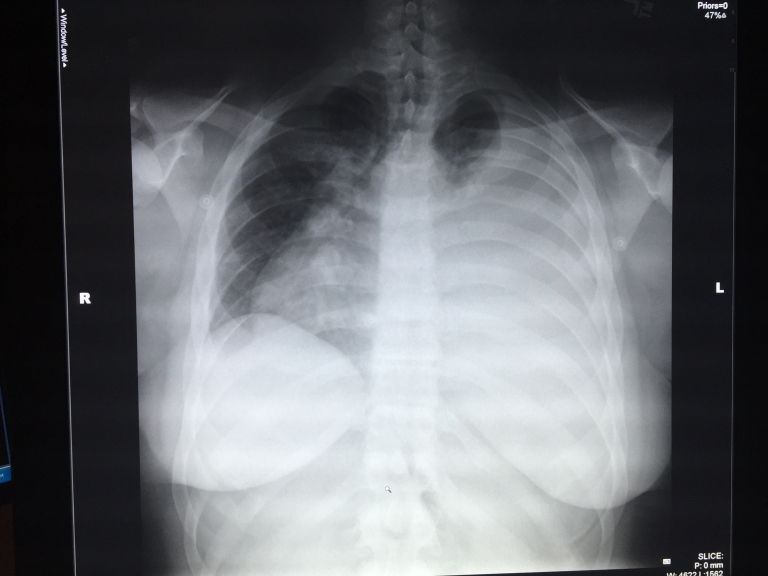Why is IV contrast Useful For CT?
IV contrast injected through a vein prior to your CT highlights organs, blood vessels and bowel loops on a CT scan. Structures throughout the body get highlighted to different degrees allowing them to stand out from the the background. Some structures such as body fat or fluids such as that in bowel or bladder do not enhance or get highlighted. Other structures such as blood vessels and organs become highlighted or brighter after IV contrast injection.
Most importantly, IV contrast injected for CT highlights abnormalities in the body. Abnormalities such as cancer or infection will standout in an organ or in different parts of the body. A tumor will standout in the liver much more after IV contrast injection. It would be much harder or impossible to see the tumor without the IV contrast injection. A pocket of pus or abscess will be easier to see after injection of contrast.
IV contrast also allows abnormalities of blood vessels to be seen. Aneurysms or tears of blood vessels will be seen. Active bleeding will also be seen as the IV contrast will spill out into the tissues from the blood vessel. IV contrast allows one to diagnose a blocked vessel when it does not light up after contrast injection.
IV contrast is helpful when structures are bunched together, such as in a thin person who does not have much fat in the body. Without contrast, organs, bowel, and blood vessels will look like one big jumble. It will be hard to tell the structures apart because they are all bunched together. Abnormalities can easily be missed because normal and abnormal structures may look similar or hard to tell apart. The IV contrast will highlight different structures to different degrees including abnormalities. This is especially important when there isn’t much fat to spread the structures apart.
IV contrast has some downsides as well. You will need an IV placed. Some people have allergic reactions. Most are mild but the potential for a serious reaction or even death is there. IV contrast can obscure some abnormalities. For example, kidney stones can be missed because the kidneys become bright and may hide stones because they are similarly bright. IV contrast can not be given safely when your kidneys aren’t working well. This can make your kidneys function worse in some cases.
In general, IV contrast is helpful in most cases. It will provide the best study to diagnose most conditions. Without IV contrast, many diagnosis can be missed on CT. The decision to give IV contrast is made by your doctor. In most cases, it is appropriate to give it. In some cases, a scan may be ordered without and with IV contrast. This can provide additional information in certain cases.

